Table of Contents
Overview of the Sunflower Oil Production Process
Sunflower oil stands out as a superb vegetable oil derived from the meticulous processing of sunflower seeds. This involves a series of key steps, including sunflower seed pre-treatment, pre-pressing, embryonic material leaching, wet meal desolventizing, and the subsequent refining of crude sunflower oil. Renowned for its richness in linoleic acid, sunflower seed oil plays a pivotal role in lowering blood cholesterol levels, thereby promoting cardiovascular well-being. In addition to its abundance in unsaturated fatty acids, sunflower oil also boasts essential nutrients such as vitamins E, folic acid, iron, potassium, zinc, and more. Presently, the sunflower oil available in the market is primarily manufactured through the de-shelled pre-squeezing and leaching process. The pivotal aspect of sunflower oil production lies in the de-shelled pressing-leaching technology, which mitigates the adverse effects of excessive refining, high temperatures, and acid-alkali interactions on the oils. This approach ensures the optimal preservation of nutrients within the oil. For instance, de-shelled squeezed sunflower oil boasts a vitamin E content of 75.5mg per 100g. In contrast, squeezing-leaching seeds with the shell results in a mere 41.62mg of vitamin E in every 100g of sunflower oil. Additionally, the un-shelled pressing-leaching process eliminates contact with alkane, preventing the formation of trans fatty acids.
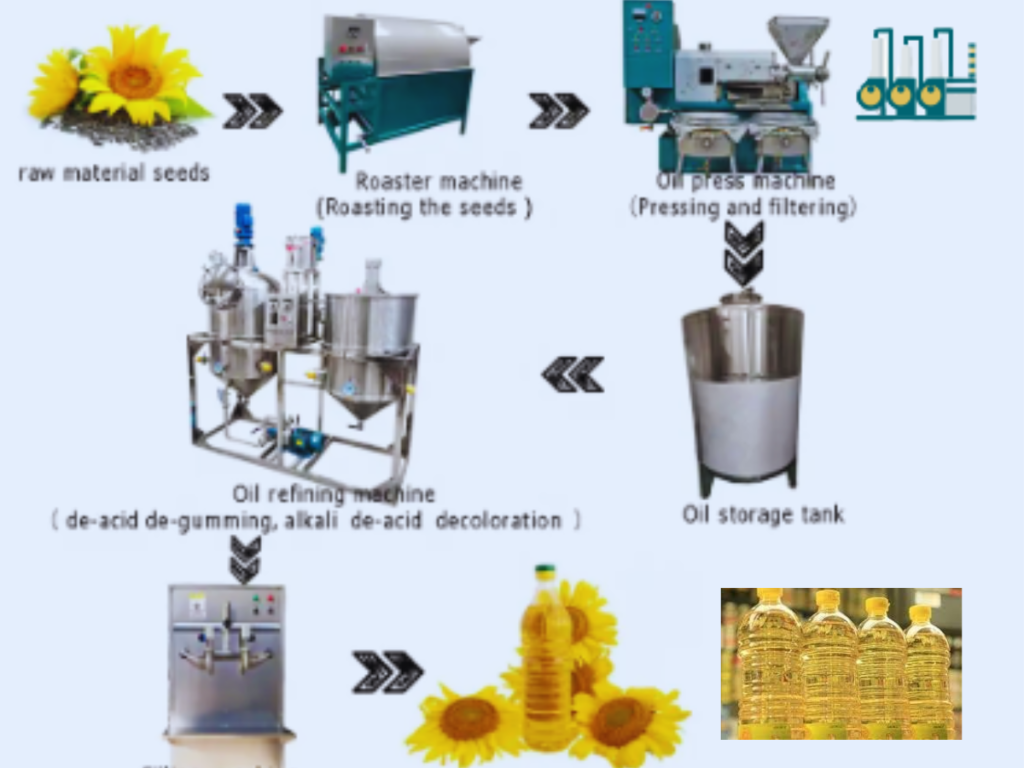
Steps the processing of sunflower oil
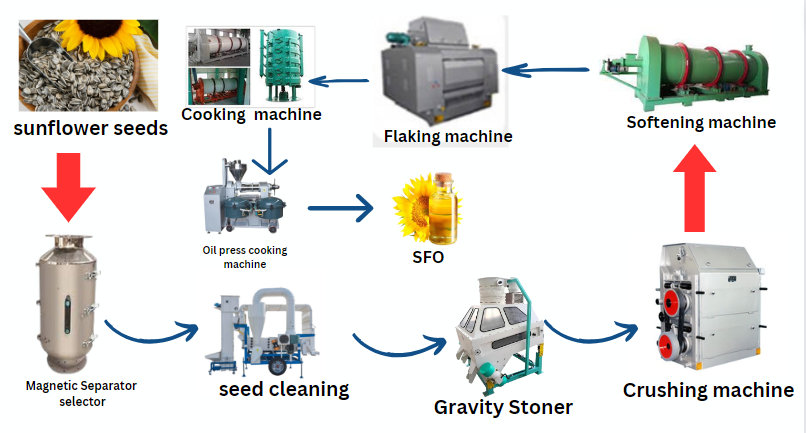
Sunflower oil, an exceptional vegetable oil extracted from sunflower seeds, undergoes a comprehensive production process to ensure its quality. The process involves several key stages, including sunflower seeds pre treatment, pre-pressing, embryonic material leaching, wet meal desolventizing, and crude sunflower oil refinery. Renowned for its richness in linoleic acid, sunflower seed oil contributes to reducing blood cholesterol levels, promoting cardiovascular health. In addition to unsaturated fatty acids, sunflower oil contains essential vitamins E, folic acid, iron, potassium, zinc, and other nutrients. The production of first-grade sunflower oil follows a specific set of processing characteristics. Initially, sunflower seeds are meticulously selected and cleaned to eliminate impurities. Subsequently, the seeds undergo de-husking and crushing. The embryo is then flaked and steamed in a frying pan, followed by pre-squeezing to extract oil. The remaining oil is obtained through solvent leaching, and the crude oil undergoes purification via precipitation and filtration. Finally, the oil is subject to dissolution, degumming, decolorization, deacidification, and deodorization to achieve the refined oil.
The operational steps and equipment involved in processing sunflower oil are detailed as follows:
- Sunflower Seeds Selecting
- Shelling & Crushing
- Sunflower Seed Flaking
- Seed Embryo Steaming
- Crude Oil Refining
1. Sunflower Seeds Selecting
In the initial phase of the sunflower oil production process, the selection of sunflower seeds is a crucial step. Optimal seeds for extraction should ideally have an oil content ranging between 30% and 50%. However, it’s important to note that these seeds may contain impurities such as sediment, stones, and iron filings. To address this, a thorough cleaning process is employed, involving the use of a cleaning sieve and a magnetic separator. The cleaning sieve aids in the removal of larger impurities, while the magnetic separator efficiently eliminates iron filings, ensuring that only high-quality sunflower seeds proceed to the subsequent stages of the production process. This meticulous seed selection and cleaning process lays the foundation for obtaining a pure and high-grade sunflower oil.
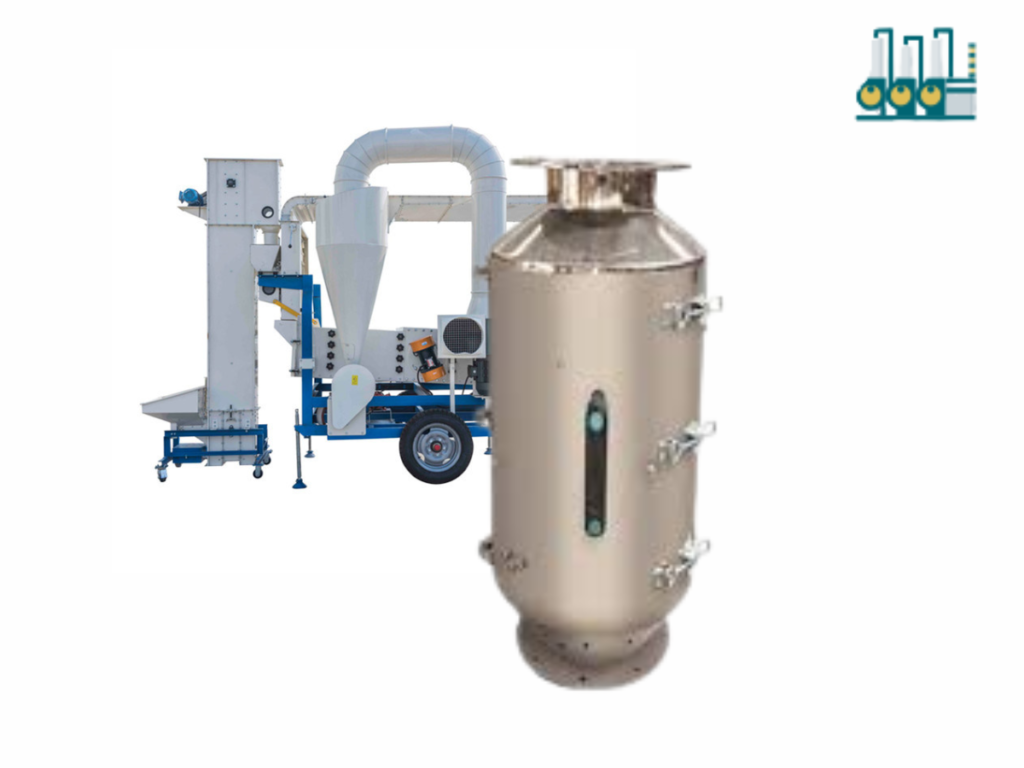
Magnetic selector & Cleaning process
Process features
(1.) The machine is driven by a vibrating motor, and the size of the excitation force, vibration direction, and the inclination of the sieve body can be adjusted according to the characteristics of the oilseed, which cleans up the oil more thoroughly and cleanly.
(2.) Oilseed cleaning could reduce the wear of subsequent equipment and the dust in the workshop is reduced, too.
(3.) Smooth operation, good cleaning effect, and high production efficiency.
Characteristics of Oil Pressing and Extracting:
- Advantages of Oil Pre-pressing:
- Simplicity The oil pre-pressing method stands out for its straightforward process.
- Minimal Equipment: Requires fewer supporting tools compared to alternative extraction methods.
- Adaptability Demonstrates strong adaptability to various oil varieties.
- Flexibility Allows for flexible production, catering to diverse needs.
- Quality Output Yields good-quality oil with a light color and pure flavor.
2. Considerations with Oil Pre-pressing:
- High Residual Oil Content in Cake The squeezed cake retains a significant amount of oil, leading to high power consumption.
- Parts Vulnerability Parts are susceptible to easy wear and tear.
3. Application Range:
- Ideal for extracting oil from peanuts, rapeseeds, sunflower seeds, and other seeds or nuts.
- Post pre-pressing, the cake undergoes further oil extraction in the leaching workshop, enhancing the overall oil-making effect.
Characteristics of Oil Refining Process:
1.Equipment Options
- We offer equipment for three refining processes: batch, semi-continuous, and full continuous refining (for quantities exceeding 50 tons per day).
2. Batch Refining Process (1~30 tons per day):
- Capacity: Suitable for daily capacities ranging from 1 to 30 tons of sunflower oil.
- Advantages: Involves lower investment, convenient operation, and a compact footprint.
3. Semi-continuous Refining Process (30~50 tons per day):
- Capacity: Designed for daily capacities between 30 and 50 tons of seed oil.
- Versatility: Applicable to various oil types.
- Advantages: Lower power consumption and a superior refining rate compared to batch and traditional semi-continuous processes.
4. Full Continuous Refining Process (50+ tons per day):
- Capacity: Suited for daily production exceeding 50 tons.
- High Yield: Offers a high refining yield with minimal auxiliary material consumption.
- Suitability: Best suited for continuous production enterprises with larger-scale operations.
- Continuous Operation: Requires continuous operation, ensuring efficiency in large-scale production.
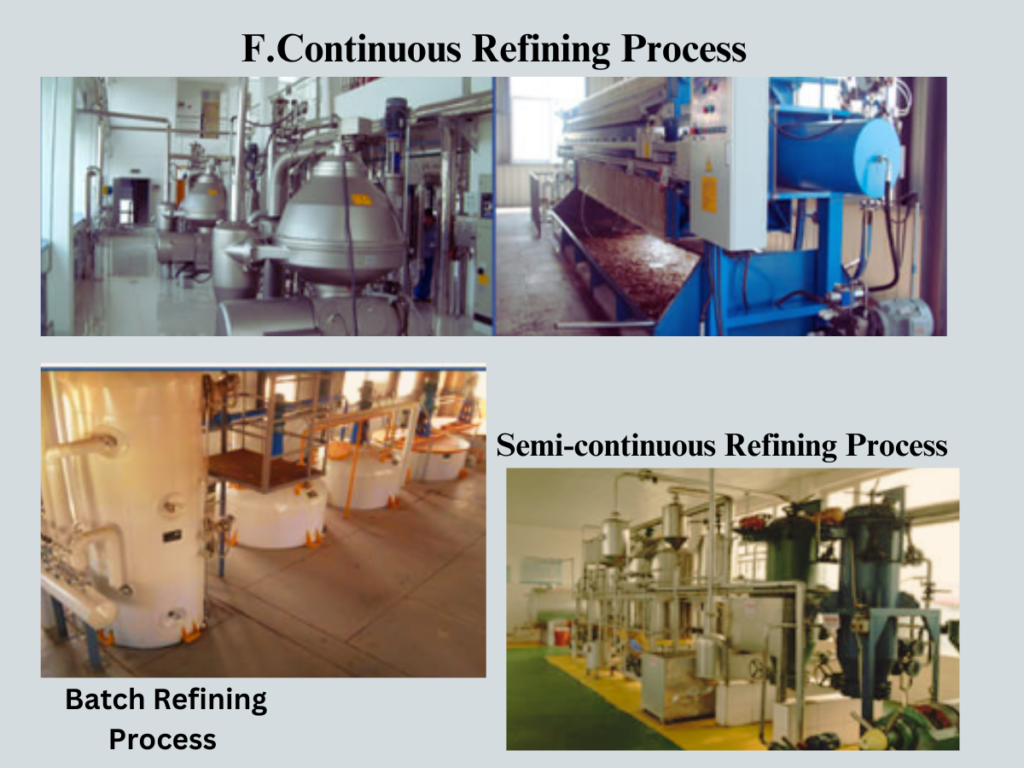
2.Sunflower Seed Flaking
The process of rolling the embryo involves grinding broken oilseeds into embryonic flakes with a specific thickness, a crucial step in pretreatment. This process aims to break down cell tissue, facilitating easy oil extraction.
Key Features of the Process
- Surface Area Increase and Seed Thickness Reduction
- Enhances seed moisture and heat absorption capabilities.
- Accelerates moisture evaporation during steam frying.
2. High Daily Output and Reliable Operation
- Machine offers stable operation with a reliable hydraulic system pressure.
- Includes a buffer device between rollers to minimize collisions, extending roller service life.
3. Large Processing Capacity and Uniform Flaking
- Embryo flaking machine boasts significant processing capacity.
- Ensures even rolling of the embryo, providing stability and ease of operation.
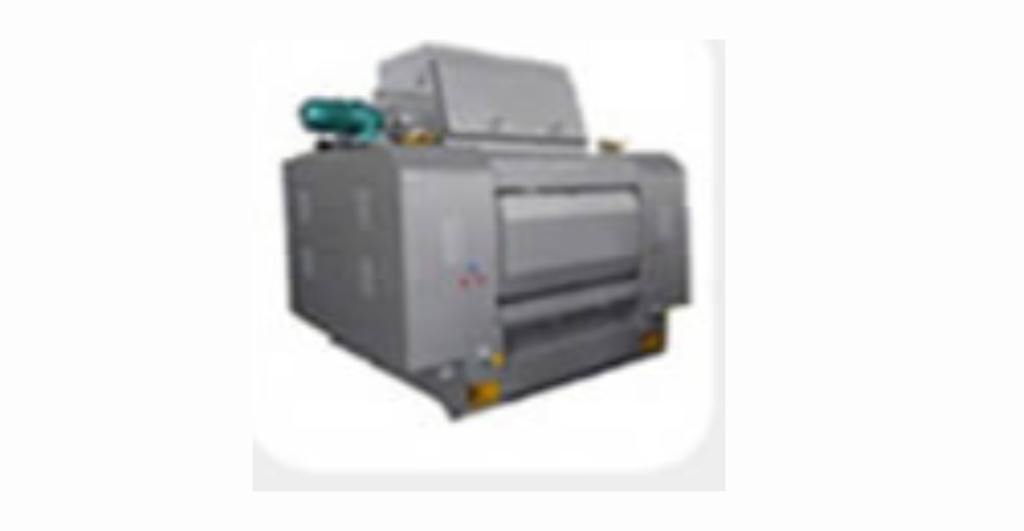
4. Seed Embryo Steaming
Heat treatment, known as embryo steaming or frying, is a critical process in oil extraction, involving the wetting and heating of sunflower seeds. This results in matured embryos, crucial for the success of the oil production process.
Key Features of the Process
- Steam Frying Pan for Embryo Flakes
- Equipment for wetting and steaming embryo flakes to prepare mature embryos.
- Can be utilized as a softener.
2. Oil Condensation and Improved Yield
- Steam cooker condenses oil, enhancing oil yield.
- Essential equipment for plant oil pretreatment in vegetable oil plants.
3. Oil Structure Adjustment
- Enables the adjustment of oil structure to prevent oil blockages.
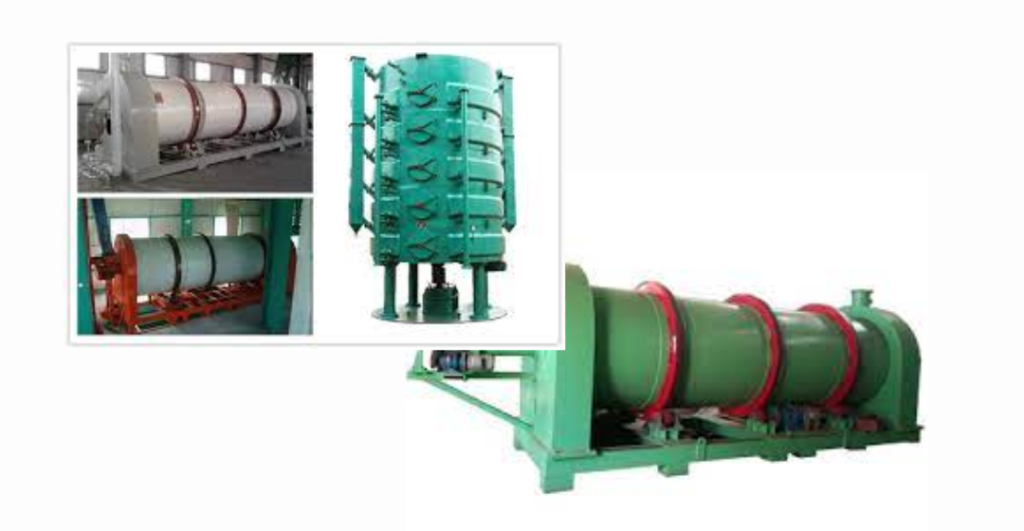
5. Crude Oil Refining
Sunflower oil refining involves standard steps like degumming, alkali refining, decolorization, deodorization, and dewaxing. The refined product is not only aesthetically pleasing but also boasts high nutritional value and excellent taste.
Key Equipment
- Alkali refining pot, degumming machine, decoloration pot, deodorization pot, crystallizing tank, dewaxing press filter, oil pumps, and other components.
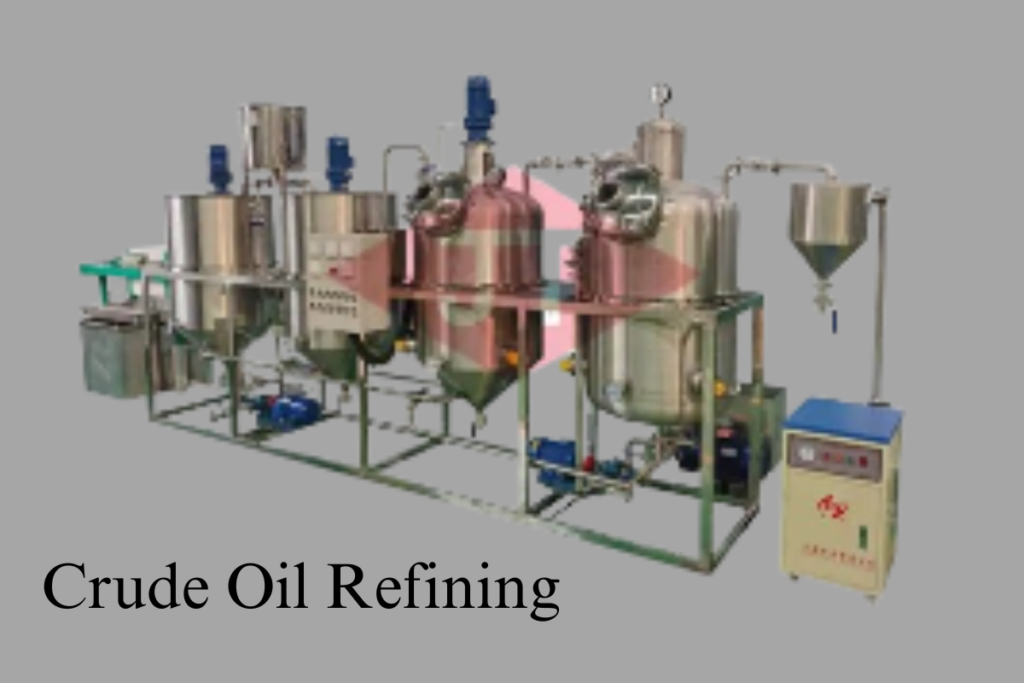
Key Refining Process Features:
- Degumming:
- Involves heating the oil and adding 85% industrial phosphoric acid.
- Stirring for 0.5 hours for degumming in intermittent processes.
- Alkali Refining:
- Addition of lye to remove acid, with excess alkali content controlled at 0.2%~0.4% of the oil weight.
- Washing and Vacuum Dehydration:
- Oil is washed under vacuum conditions and then dehydrated by a dryer.
- Decolorization:
- Active white soil added to adsorb pigments for decolorization, followed by filtration.
- Deodorization:
- Oil placed under vacuum pressure and distilled at a specific temperature.
- Cooling and fine filtrating follow the distillation process.
- Dewaxing:
- Deodorized oil undergoes crystallization in a tank.
- Oil and wax separation through press filter and compressed air results in finished sunflower oil meeting high-grade cooking oil standards.
Sunflower Seed Oil Versatile Applications and Benefits
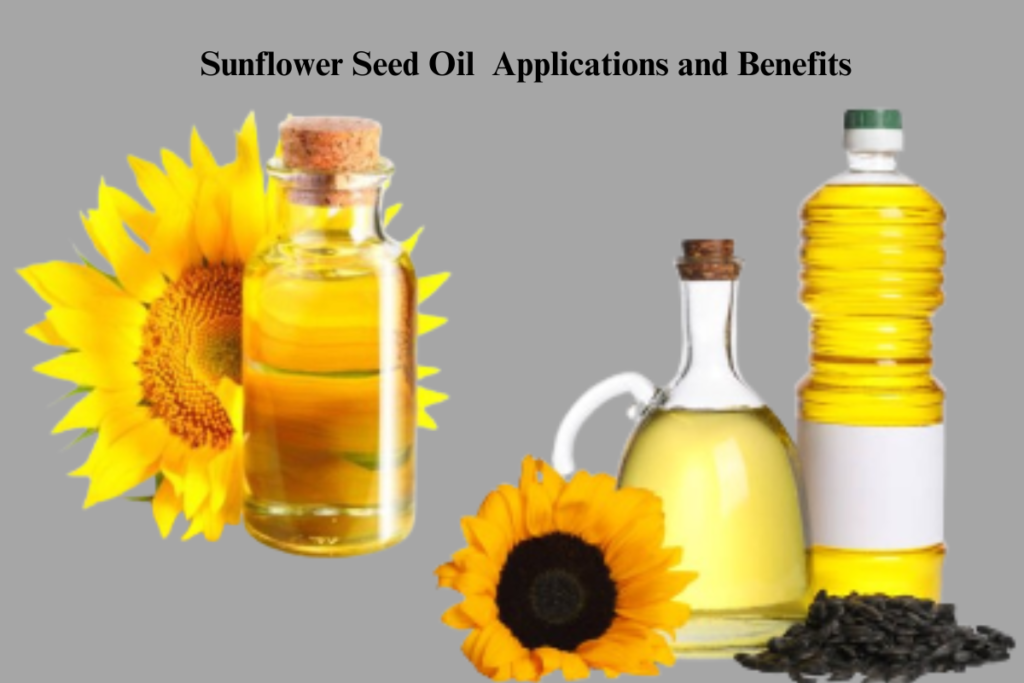
Sunflower oil, recognized as a high-quality edible oil and often referred to as a “nutritive oil,” has gained popularity among both consumers and chefs. Globally, it holds the third position in terms of vegetable oil consumption. This versatile oil finds widespread use in various culinary applications.
Primarily employed in cooking, sunflower oil serves as a key ingredient in the production of items such as margarine, mayonnaise, salad dressing, and salad oil. Notably, artificial cream made with sunflower oil is prized for its excellent taste and high unsaturated fatty acid content. Within the food industry, sunflower oil is a preferred choice for frying fast food items like potato chips and corn chips.
Following the oil extraction process, the remaining sunflower oil cake contains approximately 30% to 36% protein and 8% to 11% fat. Beyond its application as animal feed, the oil cake can also be utilized in the production of monosodium glutamate and soy sauce. Sunflower kernels contribute to the creation of edible protein powder due to their well-balanced amino acid composition.
Furthermore, the by-products of sunflower processing offer additional benefits. Sunflower shells can serve as a valuable fuel source for generating steam and electricity. Additionally, they find application in animal feed and furfural production. Overall, the comprehensive utilization of sunflower seeds showcases its multifaceted contributions across various industries.
More information Soybean Oil Production Process